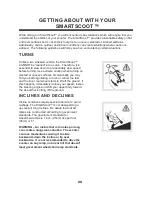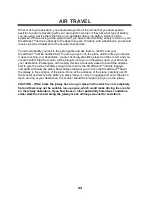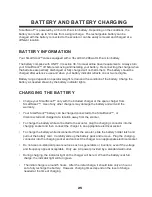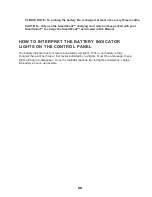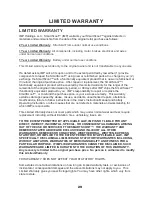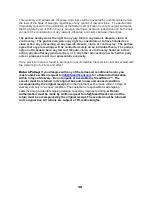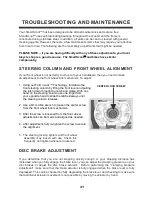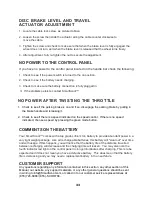
32
32
ACTUATOR
MOVEMENT WHEN
BRAKE LEVER IS
DEPRESSED
BRAKE LEVER ENGAGED
ACTUATOR
If the actuator is not fully engaged, (additional movement is possible by moving the actuator
by hand when the brake lever is fully depressed) and the hand movement of the actuator
causes the front wheel to become locked, then see Disc Brake Level Adjustment section
below. The brake pressure adjustment should not be necessary because the cable has
slipped or stretched over time. If this is not the case, then adjust the braking pressure.
1.
Locate the adjustment nut and screw on the disc
brake. The main adjustment to increase braking
pressure is done by loosening the nut (10mm) and
using a 3mm Allen wrench turning the screw very
slightly clockwise. Note: very small adjustments
(1/8 to ¼ turns) should be made so that you do not
provide too much braking pressure. Spinning the
wheel and engaging the brake level will indicate
when you have provided enough adjustment
2. After adjustment then fully re-tighten the nut
to secure the adjustment.
3. The adjustment knob can also be used to reduce
"brake drag" noise. Simply turn the knob to
reduce noise as much as possible. Note: some
brake drag noise could be noticed especially
after performing a brake pressure adjustment.
If you cannot fully adjust the noise, the noise
should gradually disappear with usage.
PLEASE NOTE
– It is very important that you
do not loosen or reduce your braking capability
as that may lead to a serious accident.
N U T AND S C R E W
K N O B
C AB L E L O C K S C R E W



